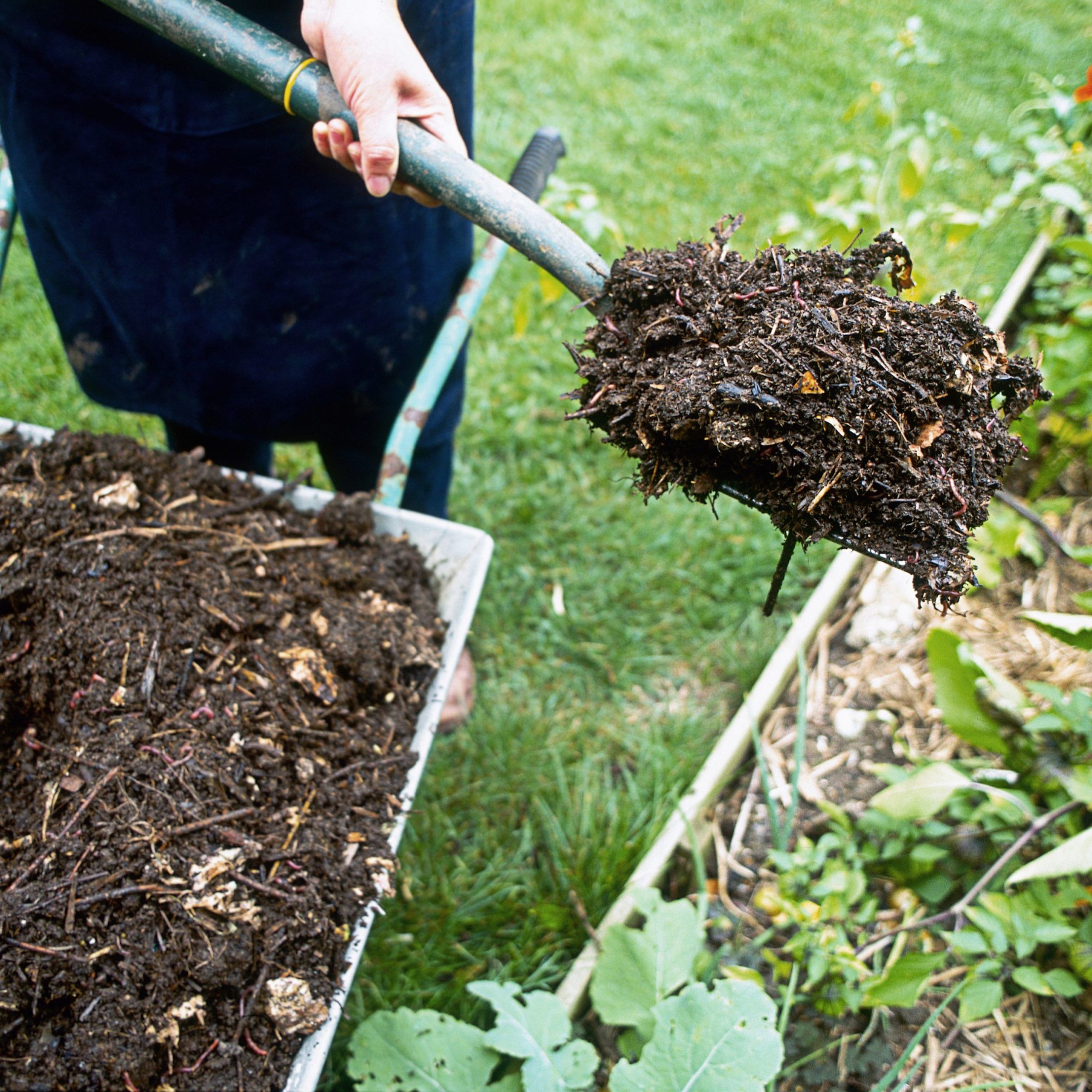
When you take the time to apply a layer of mulch to your garden beds, the transformation can be very rewarding. Like a finishing touch that brings harmony and beauty to the landscape, the mulch creates a polished and inviting appearance to your garden beds.
Clients frequently have questions about mulching - what time of the year should they mulch? how much should they use? what kind of mulch is best for their climate and garden? So we asked our design team to give us a comprehensive overview on what you should know about mulching. Read on to learn more!
Join our Newsletter
Sign up for our email list to receive exclusive promotions and landscape design inspiration.
What is Mulch?
Mulch is a material that is spread across the surface of the soil and around the base of plants and trees to form a protective layer which can provide numerous benefits to your landscape and garden. It helps conserves moisture, suppresses weeds and enriches the soil, promoting the overall plant health and being a critical factor to having a successful garden.
Mulch comes in a variety of different forms including inorganic materials like stone, gravel and rubber chips as well as organic varieties such as wood chips, straw and compost. If you imagine that your soil is a layer cake, mulch is like the icing on top!
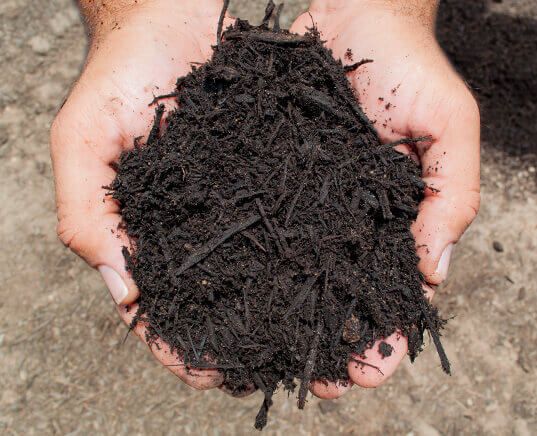
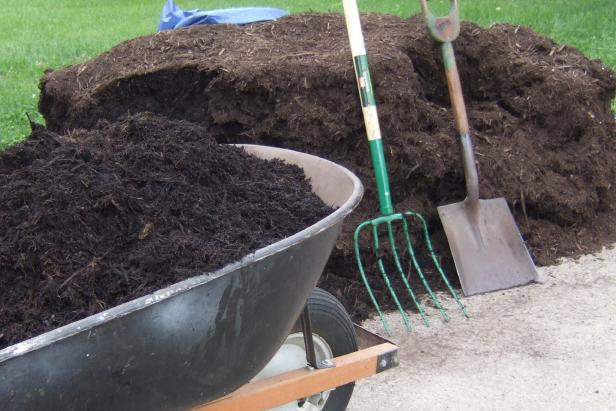
Types of Mulch
There are two basic types of mulch, organic and inorganic mulch. Below is a breakdown of both.
Organic Mulch
Organic mulch is derived from natural materials such as leaves, straw, wood chips, bark, grass clippings, or compost. Among the most popular options are shredded bark mulch made from cedar, cypress and pine.
In some climates people use cocoa shells or pine straw mulch for acid loving plants. Another option is to use compost or blend compost with bark mulch for a durable and nutrient rich combination.
Organic mulch offers several advantages for your garden:
Suppress Weeds
By blocking sunlight, mulch serves as a formidable ally in the ongoing battle against weeds. When applied properly, mulch creates a protective barrier that prevents sunlight from reaching the soil's surface. This light deprivation inhibits weed seeds from germinating and disrupts the growth of existing weeds. As a result, you'll spend fewer hours combating weed growth and more time enjoying your garden.
Retain Soil Moisture
After being watered much of the moisture on the surface of the soil can be lost due to evaporation, especially during the hot summer months. A layer of mulch helps to seal in moisture and also reduces the amount of water that runs off during watering or a rainstorm. Therefore, adding mulch to your garden can actually simultaneously lower your water bill.
Soil Health
Adding a layer of mulch provides an extra layer of protection that acts like a blanket to insulate plant roots and control soil temperatures. This helps to keep them warmer during the winter months and cooler throughout the summer.
Organic mulch also attracts beneficial organisms like earthworms, which enhance soil structure, aeration, and nutrient cycling. It creates a favorable environment to promote a thriving ecosystem.
Improves Appearance
When spread evenly across the surface of the soil mulch creates a uniform backdrop against which plant textures can pop and stand out. Overall it is a quick way to give a tidy ‘finished’ look to your garden.
Inorganic Mulch
Inorganic mulch consists of materials such as stones, gravel, pebbles, or landscape fabric. While it lacks the nutrient contribution of organic mulch, it offers specific advantages:
Longevity
Inorganic mulch tends to be more durable and long-lasting compared to organic mulch. It doesn't decompose over time, making it a suitable choice for areas where you want a more permanent or low-maintenance mulching solution.
Weed Control
Inorganic mulch also provides effective weed suppression by creating a physical barrier that obstructs weed growth.
Erosion Control
In areas prone to soil erosion, such as sloped landscapes or high-traffic paths, inorganic mulch can help stabilize the soil and prevent erosion caused by heavy rainfall or foot traffic.
Heat Reflection
Light-colored inorganic mulches, such as gravel or stones, reflect sunlight and heat, which can be advantageous in hot climates. This reflection helps to keep the soil and plant roots cooler, reducing the risk of heat stress and water evaporation.
When choosing between organic and inorganic mulch, consider factors such as your specific gardening needs, your climate, the aesthetic appeal you desire, and the availability of materials. Many gardeners opt for a combination of both types, using organic mulch for its soil-enriching properties in planting beds and inorganic mulch for paths or areas where long-term stability is desired.
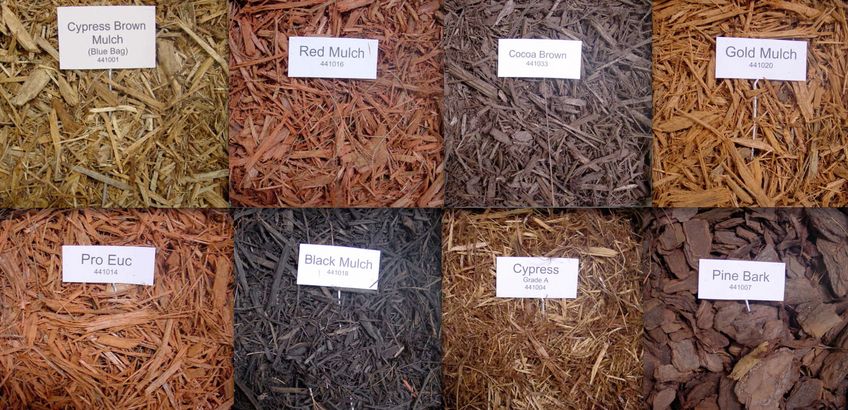
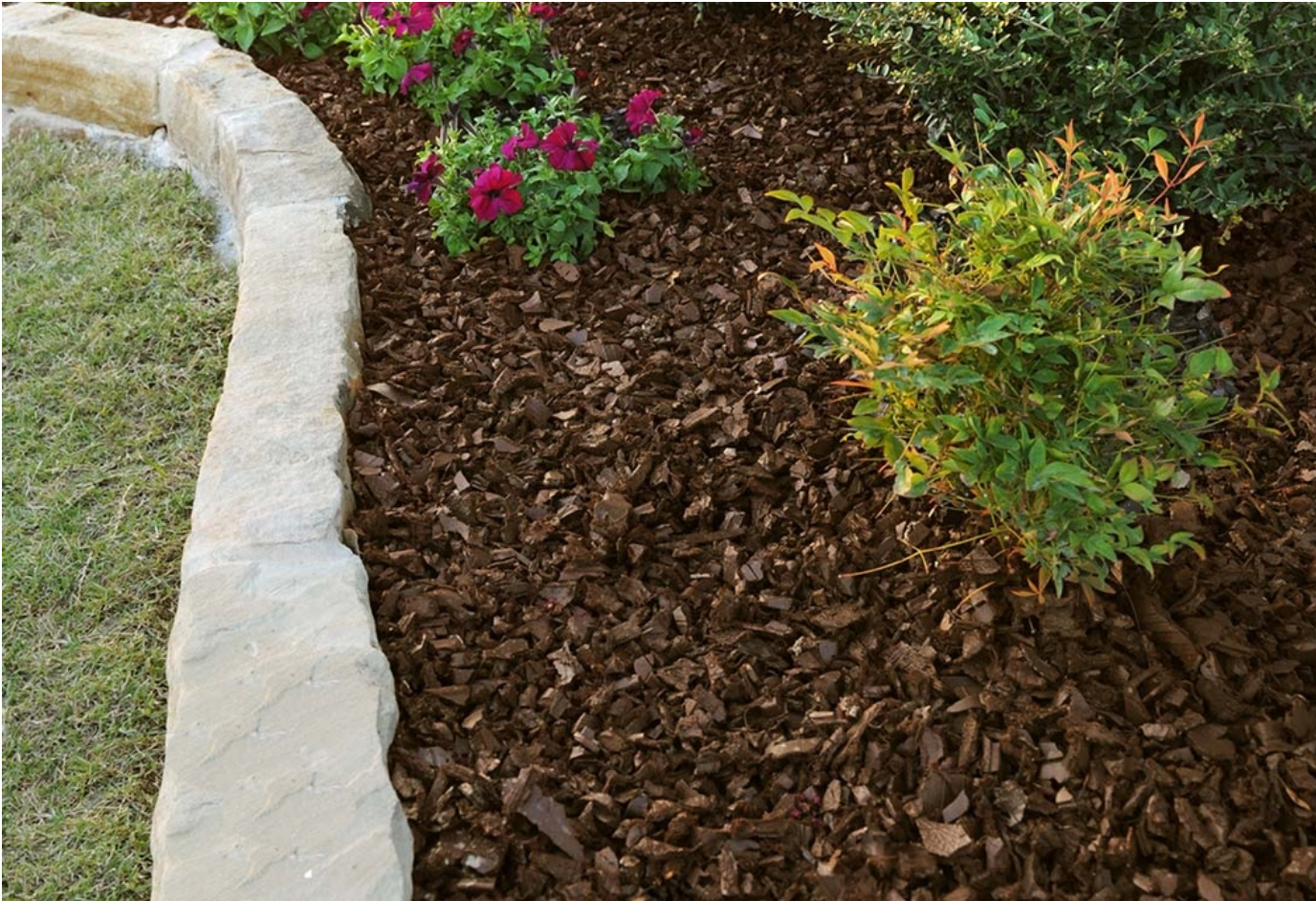
How much mulch do I need?
The first step is deciding which areas of your yard will be mulched. Some people apply mulch to every garden bed and patch of bare soil in their yard while others mulch only around certain plants and trees.
Once the desired areas are defined, measure the square footage and calculate for the volume of mulch needed for a 2-3” thick layer of coverage. Or for smaller areas, simply eyeball it.
Bagged or bulk mulch?
Mulch is typically sold in bags measuring 2 cubic feet or in loads which are measured in cubic yards and dumped on-site. One cubic yard is equivalent to 13.5 bags of mulch. Benefits of bagged mulch include consistency, convenience and portability. Buying mulch in bulk can often be more economical for larger areas, though you must also take delivery fees into consideration.
Another potential benefit of bulk mulch is that it is likely to be locally sourced. When buying bulk mulch, ask your local garden center or contractor for the specifics. We like bulk mulch as there is less plastic bags used and therefore it can be more environmentally friendly when buying a large quantity.


How to Mulch Properly
Here is a step by step overview on how to mulch your garden.
1. Prepare the Garden Bed:
- Clear the area of any existing weeds or debris.
- Loosen the soil surface gently with a garden fork or rake to ensure good mulch contact with the soil.
- Edge beds with a garden spade making a clean line between your lawn and bed which will create definition and help keep the mulch from spilling out on to your grass.
2. Choose the Right Mulch:
- Select an appropriate mulch material based on your gardening needs, preferences, and the plants in your garden. Organic mulches like wood chips, straw, or compost work well for most garden beds.
3. Determine the Mulch Depth:
- Aim for a mulch layer that is around 2 to 3 inches deep. This thickness provides the optimal level for the benefits discussed above without suffocating the plants.
4. Apply the Mulch:
- Start by evenly spreading the mulch over the entire garden bed surface. Use a rake or garden fork to distribute the mulch layer evenly.
- It’s very important to keep mulch at least three inches from tree trunks and the base of woody plants and shrubs. Otherwise you may create a dreaded ‘mulch volcano.’ Trees essentially breathe through their trunks so covering them with mulch can suffocate the plant over time and invite unwanted fungus and pests. When properly applied around the base of a tree mulch should look more like a doughnut. With this practice you can maximize the benefits of mulching and enjoy the sweet satisfaction of caring for your landscape.
5. Mulch Maintenance:
- Regularly inspect the mulch layer and replenish it as needed. Mulch gradually decomposes over time, so adding a fresh layer once or twice a year helps maintain the desired depth and effectiveness.
- Ensure that the mulch layer remains loose and not compacted. Gently fluff and turn the mulch occasionally to prevent matting and allow for proper airflow.
6. Watering:
- Water the garden bed thoroughly after mulching to settle.
- Mulch helps retain soil moisture, so adjust your watering schedule accordingly. Monitor the soil moisture level and water when necessary, considering factors like weather conditions and plant requirements.
7. Monitor Weed Growth:
- Regularly inspect the garden bed for any weed breakthroughs. Remove any emerging weeds promptly by hand or using appropriate weed control methods to prevent them from establishing and competing with your plants.
When should you apply mulch?
How often to apply mulch will vary depending on the type you use. Most bark mulches can last up to a year, but many people prefer to mulch twice a year during the spring and fall. If you are going to apply once, we recommend doing it in the spring after the long winter. At that time, wait until your perennial plants pop up before applying mulch so that they do not get buried.
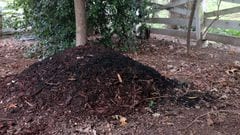

Mulching is a simple and effective way to maintain the health of your garden. It helps to retain moisture, control weeds, regulate soil temperature, and provide essential nutrients to plants.
By choosing the right type of mulch for your garden, properly preparing the soil, and applying mulch correctly, you can enjoy a beautiful and healthy garden all season long. Whether you're a seasoned gardener or a novice, incorporating mulch into your garden routine is a practical and sustainable way to ensure your plants thrive. So why not give it a try and see the benefits for yourself?
About Tilly
Tilly’s easy online landscape design process has been embraced by homeowners across the country and in Canada. Tilly breaks packages into the Front Yard, Backyard or your Full Yard. We match you with a professional landscape designer who is familiar with your region to create the perfect custom plan for your outdoor space.
To start our process you’ll fill out a questionnaire about your property that helps our design team understand your goals, needs and existing landscape. You can add 3d renders, lighting plans or side yards to your design package. You’ll then meet with your designer on a video call, show them your space and discuss your priorities. Tilly also offers individual DIY projects, including a DIY Garden Bed if you aren’t ready to tackle your entire yard.
Whether you are just looking to add some curb appeal or transform your entire backyard - we have a team for you!
Read more about: Gardening Tips